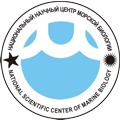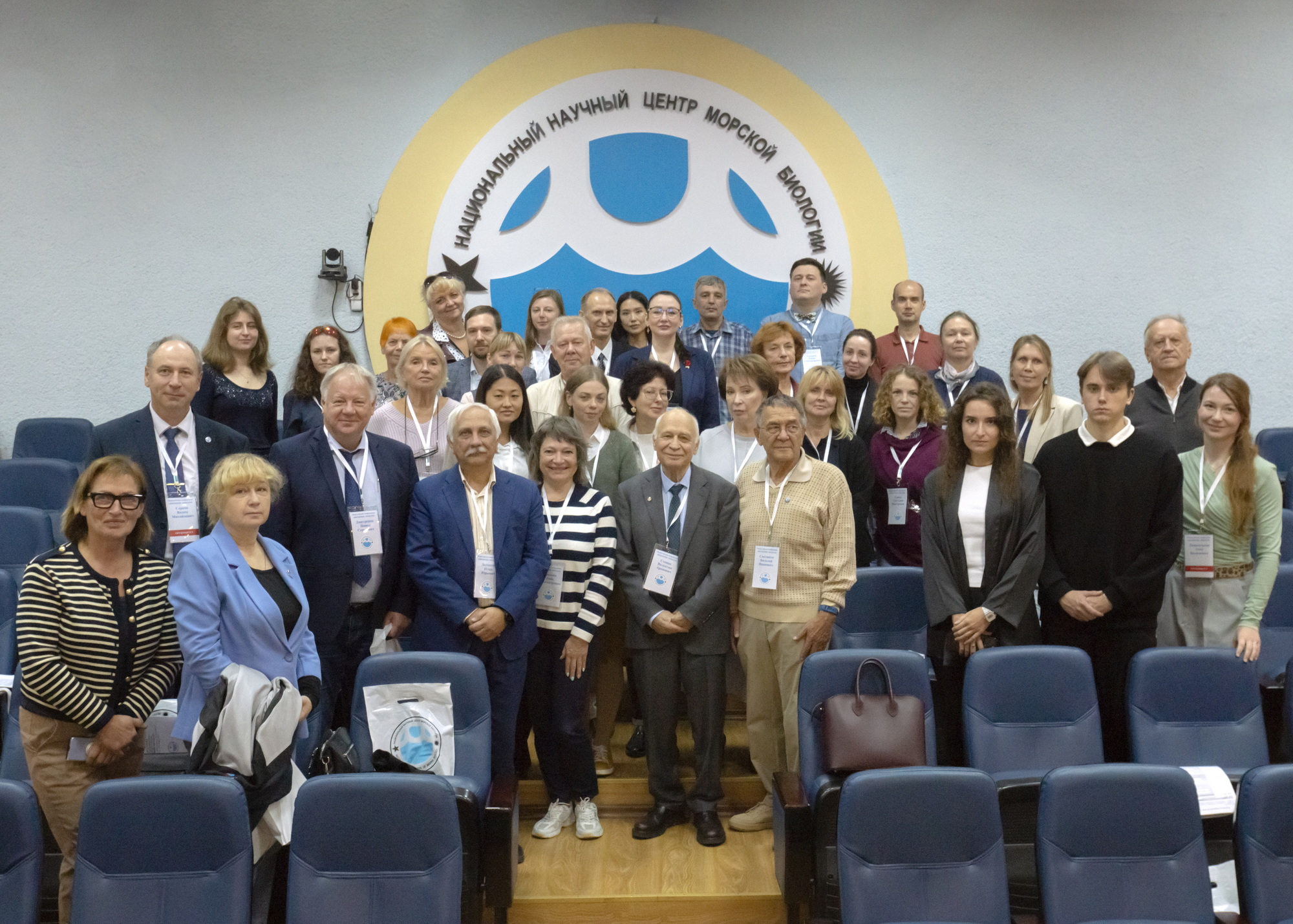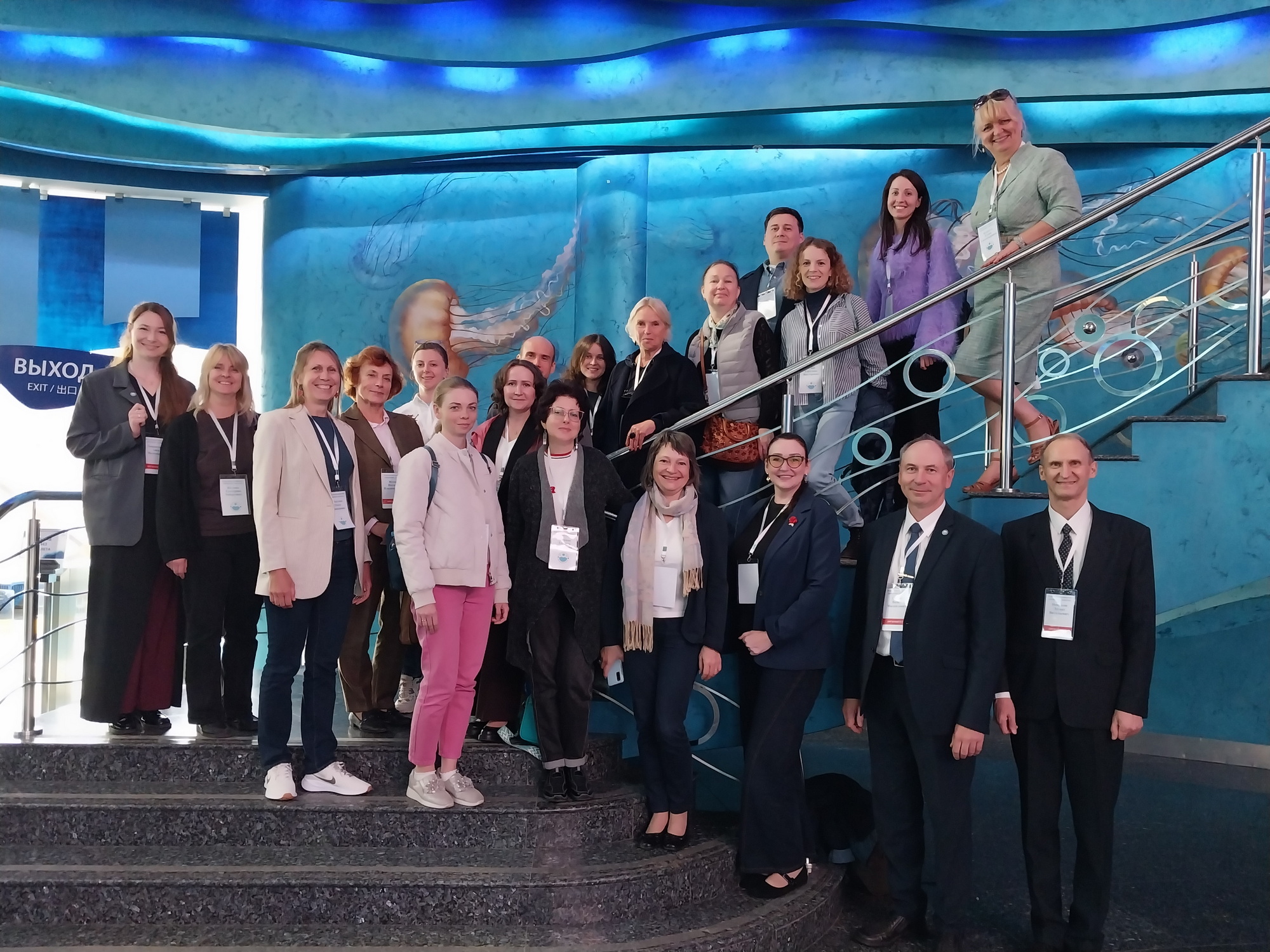 |
News & Announcements
All-Russian Conference with international contributions “Lipid Biochemistry”
The A.V. Zhirmunsky National Scientific Center of Marine Biology, Far Eastern Branch, Russian Academy of Sciences, held the All-Russian Conference with international contributions “Lipid Biochemistry” on October 7–8, 2025, in Vladivostok.
The conference, dedicated to the 90th anniversary of the birth of the outstanding biochemist Viktor Evgenievich Vaskovsky, brought together more than 150 scientists from different cities of Russia (Vladivostok, Moscow, Saint Petersburg, Blagoveshchensk, Krasnoyarsk and others), as well as participants from the UK, Turkey and the Republic of Belarus. As part of the scientific program, 56 presentations were delivered: 17 oral reports, 14 remote presentations and 25 poster papers.

The plenary meeting was opened by the chair of the organizing committee Dr. Natalia Vladimirovna Zhukova and the director of the NSCMB FEB RAS Igor Yuryevich Dolmatov, Corr. Member of RAS. The director of the PIBOC FEB RAS Pavel Sergeyevich Dmitrenok, Corr. Member of the RAS, also gave a welcoming speech.
The conference program included the following sessions:
- History of lipid research and novel research methods;
- Lipids of aquatic organisms;
- Lipids of plants and fungi;
- Lipids and human health;
- Practical applications and lipid biotechnology.
On the first day, participants discussed the latest theoretical and applied results in lipid biochemistry.
A significant part of the scientific program consisted of presentations delivered by young scientists.

The second day was held at the Primorsky Aquarium Scientific and Educational Center, a branch of the NSCMB FEB RAS, where the participants not only continued presenting their scientific reports, but also visited the exhibitions and a marine mammal show.
NSCMB FEB RAS marks its 55th anniversary
On September 22, a gala meeting dedicated to the 55th anniversary of the NSCMB FEB RAS was held at the Pushkinskiy Theater of the Far Eastern Federal University. The Center was founded on January 1, 1970, as the Institute of Marine Biology within the Far Eastern Scientific Center of the USSR Academy of Sciences.
Scientists from the NSCMB FEB RAS took part in the 3rd International Conference on Biology, Geology and Environment of Hadal Trenches
On September 28–30, 2025, the 3rd International Conference on Biology, Geology, and Environment of Hadal Trenches was organized by the Institute of Deep-sea Science and Engineering, CAS. This international symposium is currently one of the most significant platforms for sharing research results, new ideas, and plans to study the oceans at maximum depths. This year, the conference became an official event of the Global Hadal Exploration Programme (GHEP*), under the auspices of the UN Program «Decade of Ocean Science for Sustainable Development».
7th Russian-Chinese Marine Biology Workshop
On September 2–5, 2025, the NSCMB FEB RAS (hereinafter, Center) and the Institute of Oceanology, Chinese Academy of Sciences (IOCAS), held the Russian–Chinese Bilateral Workshop “Marine Biology and Biodiversity Science in the 21st Century”. The Workshop became the 7th meeting organized by the Center and the IOCAS within the framework of the scientific and educational cooperation agreement between our institutions (the previous meetings were held in Qingdao in 2007, 2010, 2017, 2023 and in Vladivostok in 2012, 2019).
The scope of the Workshop covered a wide range of marine biodiversity issues: analysis of deep-sea, mesopelagic and coastal fauna and flora; challenges to environment conservation under the conditions of global climate change; current threats to the safety of marine ecosystems and those that may arise in the future; etc.

Within two days, scientists from both countries presented their findings in marine biodiversity research, conducted mainly in the Northwest Pacific, and discussed related issues concerning marine biology and ecology.
On the first day, the Workshop was hosted by the Center. The Director of the Center Prof. Igor Yuryevich Dolmatov, Corresponding Member of RAS, gave a welcoming speech to the Workshop participants. He presented to Chinese colleagues the main achievements of the Center, already implemented and planned major scientific projects.
In his reply speech, Prof. Fan Wang, the Director of the IOCAS, supported the Chinese side’s desire to fully develop scientific ties between our institutions and emphasized that it was a great honor for the Chinese delegation to participate in the regular traditional meeting. One of the well-known Chinese oceanographers presented a report where he told about the comprehensive support provided to the basic research in China. Among the topical areas of cooperation, the following key points for future joint activities were identified: the deep-sea ecosystem research including joint cruises by Russian and Chinese scientists with the use of up-to-date underwater vehicles and the cooperation within the framework of a program to study the climate circulation.
On the following day, a special section was held at the Primorsky Aquarium a branch of the NSCMB FEB RAS, where the participants had the opportunity to fruitfully exchange their opinions and new ideas. Then they were offered a rich cultural program including a marine mammal show and a tour of the Primorsky Aquarium.
A total of 22 foreign representatives took part in the Workshop: from the IOCAS, the Andover Leisure Group, the Dalian Ocean University, the Hengyu Biology, Ruarts (Shanghai) Business and Commercial Consulting Co. Ltd., and the Heilongjiang River Fisheries Research Institute. The Russia’s side was represented by scientists from the Center, the Primorsky Aquarium, the Institute of Oceanography RAS, the A.O. Kovalevsky Institute of Biology of the Southern Seas of RAS, etc.
The NSCMB FEB RAS and the IOCAS have a long-term history of successful partnership. In 2006, the first Memorandum of Cooperation was signed, and a Joint Research Laboratory under the auspices of IOCAS was founded in 2023.
12th International Symposium “MODERN ACHIEVEMENTS IN POPULATION, EVOLUTIONARY AND ECOLOGICAL GENETICS, MAPEEG-2025”
On September 2–5, 2025, the NSCMB FEB RAS together with the FEB RAS, the Federal Scientific Center of the East Asia Terrestrial Biodiversity (FSCEATB) FEB RAS, the Far Eastern Federal University, and the Vladivostok Public Foundation for the Development of Genetics (VFDG) held the traditional (already 12th) international symposium entitled “Modern achievements in population, evolutionary and ecological genetics, MAPEEG-2025”.
The Program Organizing Committee of the Symposium consisted of such well-known representatives of the Far Eastern science as Yu.Ph. Kartavtsev (Scientific Head of the Laboratory Molecular of Systematics NSCMB FEB RAS, Prof., Dr. Sci. Biol.), E.I. Bondar (Scientific Head of the Laboratory of Genetics NSCMB FEB RAS, Cand. Sci. Biol.), D.M. Atopkin, and I.N. Sheremetieva (specialists from the FSCEATB FEB RAS).
The symposium brought together about 50 participants who attended it personally. A total of 107 participants (including co-authors) were registered at the event, 34 reports were delivered, and 20 poster papers presented. The scope of the reports and posters covered a wide range of research areas including molecular systematics, evolutionary genetics and genomics, phylogenetics, population and environmental genetics of animals and plants.
The symposium was also joined by 23 foreign participants from China, India, Azerbaijan, and Kazakhstan. The authors from Russia represented such cities as Vladivostok, Novosibirsk, Moscow, Irkutsk, Saint-Petersburg, Yakutsk, Yekaterinburg, Birobidzhan, Arkhangelsk, Magadan, Tomsk, Chita, Sevastopol, and Rostov-on-Don.
Thanks to its unique 30-year history of holding meetings in English, with dozens of young scientists and specialists from the RAS and universities of Russia and many foreign countries involved, this event has become an important achievement in the scientific, educational, and public awareness activities of the Center, which is of great importance not only for the Far East but also for all Russian science in general (https://wwwimb.dvo.ru/misc/mapeeg/index.php/en/).
The Organizing Committee is grateful to all guests and partners and looks forward to further cooperation!
Ecology: Life finds a way in the deepest ocean trenches
Tubeworms and molluscs that get their energy from chemical reactions have been discovered at the bottom of trenches up to 9,533 metres deep in the northwest Pacific Ocean. The findings, reported in Nature, shed new light on the potential for life to exist in extreme environments.
Organisms that live in extreme environments need to adapt to produce energy in different ways. Chemosynthesis-based communities derive their energy from chemical reactions rather than from photosynthesis, which requires sunlight. Such communities can be found in deep sea habitats where chemicals such as hydrogen sulfide and methane seep from the sea floor. Hadal trenches are some of the deepest parts of the ocean but are also largely unexplored.

Xiaotong Peng, Mengran Du, Vladimir Mordukhovich and colleagues report the discovery of flourishing chemosynthetic life deep in hadal trenches, found during an expedition in a human-occupied submersible vehicle. The mission covered more than 2,500 kilometres along the Kuril–Kamchatka and Aleutian Trenches in the northwest Pacific, at depths ranging from 5,800 to 9,533 metres. The communities are dominated by marine tubeworms called siboglinid polychaetes and molluscs called bivalves, which synthesize their energy using hydrogen sulfide and methane seeping out of faults in the tectonic plate. Further analysis suggests that the methane seeping out of the cracks is made by microbial processes in organic matter found in sediments.
The authors suggest that such communities may be more widespread than previously thought, and their findings challenge views about how hadal ecosystems might be supported.
©Nature - https://www.nature.com/articles/s41586-025-09317-z
More data about Chinese-Russian expedition: https://www.imb.dvo.ru/index.php/en/news-announcements/2068-the-chinese-russian-expedition-to-study-deep-sea-trench-ecosystems-in-the-northwestern-pacific-ocean-has-ended
We’re 55!
 |
A.V. Zhirmunsky National Scientific Center of Marine Biology, Far Eastern Branch, Russian Academy of Sciences (NSCMB FEB RAS) is a scientific, environmental, and educational organization. The main activities of the NSCMB FEB RAS are as follows:
|
| Contacts: |
|
Palchevskogo str. 17 |
|
Vladivostok, Russia, 690041 |
|
Phone: +7 (423) 2310905 |
|
Fax: +7 (423) 2310900 |

